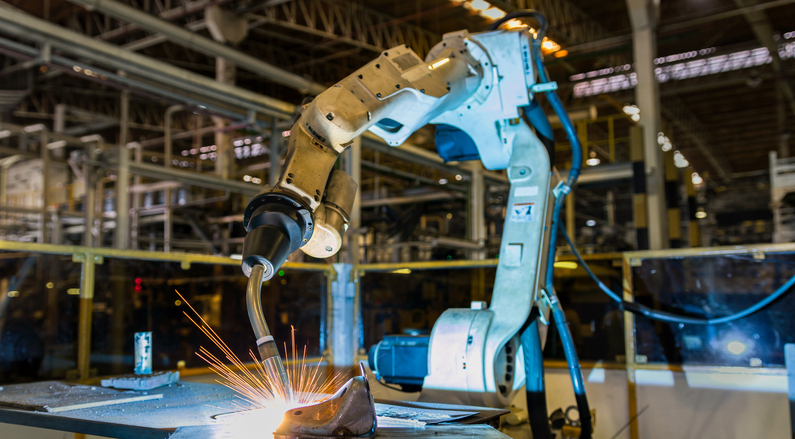How the Right Robotic End-Effector Impacts Robotic Performance

The end-effector, also known as the end-of-arm tooling (EOAT), is a crucial component in any industrial robotic system. While the robot arm itself is designed for movement and precision, it’s the EOAT that enables the robot to interact with its environment. Manufacturers typically don’t include the EOAT in the initial design of the robot, as it’s often added by integrators to tailor the system for specific tasks. This makes the EOAT one of the most important parts of the overall automation solution.
Choosing the right EOAT can significantly impact how well a robot performs in its designated role. The type of tooling used determines the robot’s functionality, efficiency, and reliability. Whether it's a gripper, a welding torch, a screwdriver, or a vacuum system, the EOAT must match the requirements of the application. In many cases, the wrong choice can lead to reduced productivity, increased maintenance, and even equipment damage.
What Factors Influence the Selection of an End-Effector?
Selecting the best end-effector involves a detailed analysis of the application. A skilled robotic systems integrator will evaluate several factors, including the weight and size of the objects being handled, the required speed, the working environment, and the available space. For example, in material handling applications, the decision between mechanical grippers and vacuum systems depends on the characteristics of the items being moved.
Other considerations include payload capacity, operating pressure, tooling length, and budget constraints. In high-speed or long-reach applications, the weight of the EOAT becomes especially important. Quick-change tooling solutions are also becoming more popular, as they allow robots to switch between different tools during a single production cycle, increasing flexibility and efficiency.
Why the Right EOAT Matters for Robotic Performance
Using the wrong end-effector can lead to frequent downtime, slower cycle times, and poor product quality. If the EOAT isn't properly matched to the task, the robot may struggle to perform efficiently, which can disrupt the entire production line. In some cases, improper EOAT selection can even cause damage to the robot or the workpiece.
On the flip side, the right EOAT ensures smooth, reliable operation. It allows the robot to handle parts accurately and quickly, maximizing throughput and minimizing waste. When integrated correctly, the EOAT enhances the robot’s performance, leading to better ROI and long-term cost savings.
End-effectors are not just accessories—they’re essential components that define the success of an automated system. Without the proper EOAT, even the most advanced robot may fail to meet its intended purpose. That’s why it’s crucial to work with experienced robotic integrators who understand the nuances of EOAT selection and can provide tailored solutions for your specific needs.
If you're looking to optimize your robotic system, consider consulting with experts like Genesis Systems Group, who specialize in designing and integrating high-performance robotic tooling solutions. Their experience ensures that your end-effector is perfectly suited to your application, helping you achieve greater efficiency and productivity.
Posted in Robotic ApplicationsAccess Valve,multisize solder union, access NPT union, access valve cap, access tee fitting
SUZHOU YOUDE ELECTRIC CO., LTD. , https://www.unitekool.com
